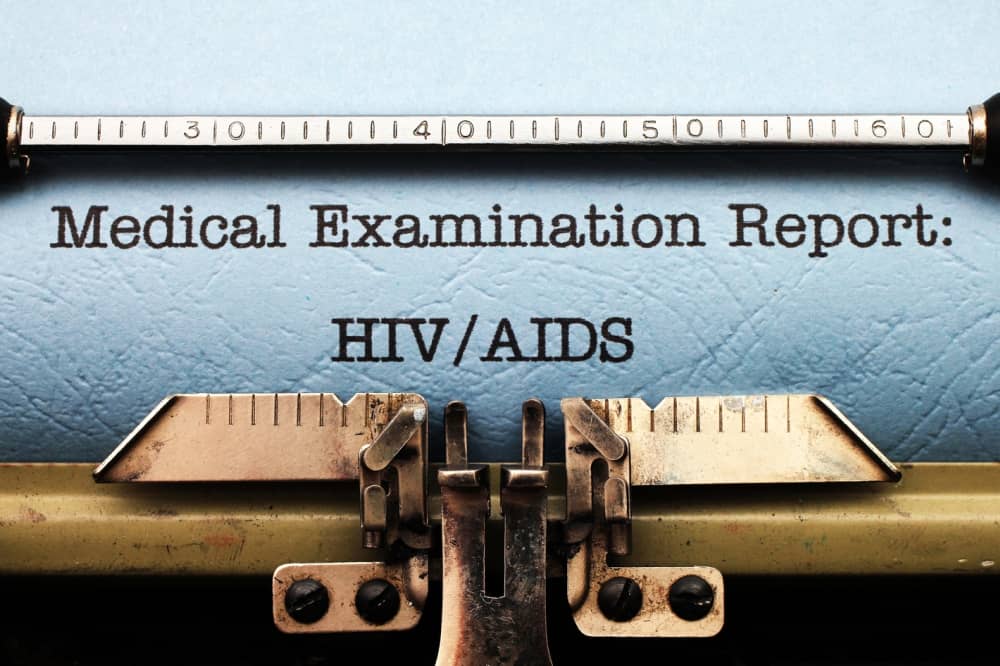
HIV and AIDS – Causes, symptoms, and management
Acquired Immunodeficiency Syndrome (AIDS) is a life-threatening, chronic condition caused by the Human Immunodeficiency Virus (HIV). HIV targets the body’s white blood cells and interferes with the body’s ability to fight disease and infection. It is a sexually transmitted disease that spreads via contact with infected blood and sharing needles. HIV can transmit from mother to child during breastfeeding, childbirth, or pregnancy. The only way to know if someone has HIV is to get tested.
With apt treatment , HIV takes several years before it weakens the immune system to the point where one develops AIDS. Unfortunately, there is no cure for HIV/AIDS. However, some treatments help control the infection and curtail the disease’s progression. Antiviral remedies have dramatically reduced HIV/AIDS deaths around the world.
Symptoms
Acute HIV infection symptoms are often similar to viral and flu infections. They include the following:
- Sore throat
- Muscle pains
- Fever
- Night sweats
- Headache
- Mouth sores, including thrush or yeast infection
- Diarrhea
- Swollen lymph glands
When people contract HIV, they do not have any symptoms. Stage 1 or acute HIV infection advances to chronic or asymptomatic HIV or stage 2 infection within a few weeks to months. This stage may last for a decade or longer. In this period, the person might have no reason to suspect they have HIV, but they can transmit it to others.
Almost all HIV-infected people develop AIDS or stage 3 conditions if they do not receive treatment on time. Some even develop AIDS within a few years of infection, while others remain completely healthy after a decade or two.
When someone gets AIDS, their immune system is already compromised by HIV. Hence, they are at significant risk of developing infections that are uncommon in people with a normal immune system. Such infections are known as opportunistic infections and can affect any body part. Protozoa, fungi, viruses, and bacteria are prevalent causes of this.
Moreover, people with AIDS are at a greater risk of developing some cancers, like Kaposi sarcoma, a type of skin cancer, and lymphoma. The symptoms typically depend on the infection and the body part it infects. Lung infections are prevalent in AIDS and cause symptoms like shortness of breath, fever, and coughing. In addition, they may also lead to intestinal issues, such as the following:
- Vomiting
- Diarrhea
- Swallowing problem
- Abdominal pain
Other symptoms noted in people with HIV/AIDS are as follows:
- Swollen lymph glands
- Fever
- Rashes
- Weight loss
- Sweats
Causes
HIV transmission can occur when body fluids containing the virus come into contact with vulnerable or permeable barriers within the body or through tiny openings in moist tissues, such as those in the genital area. Broadly, HIV transmits via the following:
- Semen
- Blood
- Breast milk
- Rectal fluids
- Pre-seminal or vaginal fluids
The virus does not transmit via saliva. Hence, a person cannot contract HIV through kissing. In the country, one of the primary causes of HIV spread is vaginal or anal intercourse. Transmission occurs when individuals do not use a condom during intercourse or do not take pre-exposure prophylaxis, a treatment that helps prevent HIV spread among people with risk factors. In rare cases, HIV also transmits to babies during childbirth, pregnancy, chestfeeding, or breastfeeding. Transmission may also occur through blood transfusions, but the risk is low.
Treatment
Doctors employ antiretroviral therapy as an HIV/AIDS treatment. It helps halt virus multiplication. Medical professionals advise treatment for all individuals, irrespective of their CD4 count. Broadly, there are two kinds of treatment options:
- Pills for initial therapy
- Shots for undetectable viral load or suppression
Further, doctors will conduct regular blood tests to maintain an undetectable or low viral load. The CD4 count usually rises with treatment, and HIV complications may lessen as the immune system improves. Support groups can help cope with long-term illnesses. Although there’s no cure, most people can lead healthy lives with consistent daily treatment. Regular check-ups are crucial to monitoring treatment effectiveness and possible side effects.




